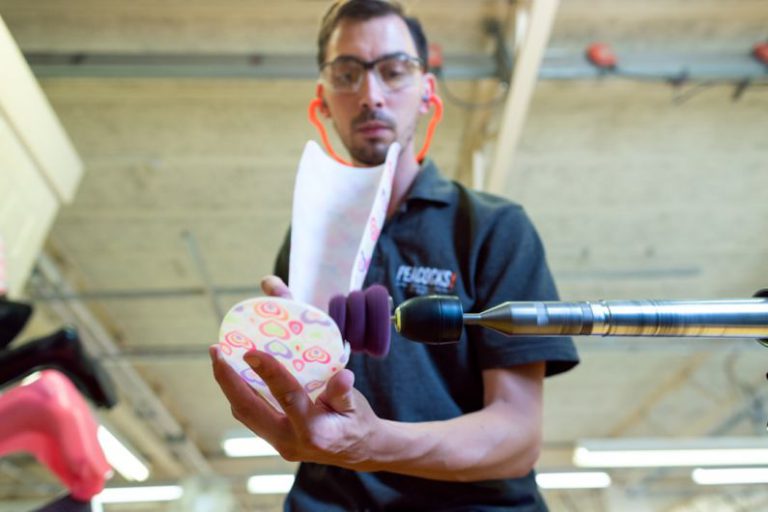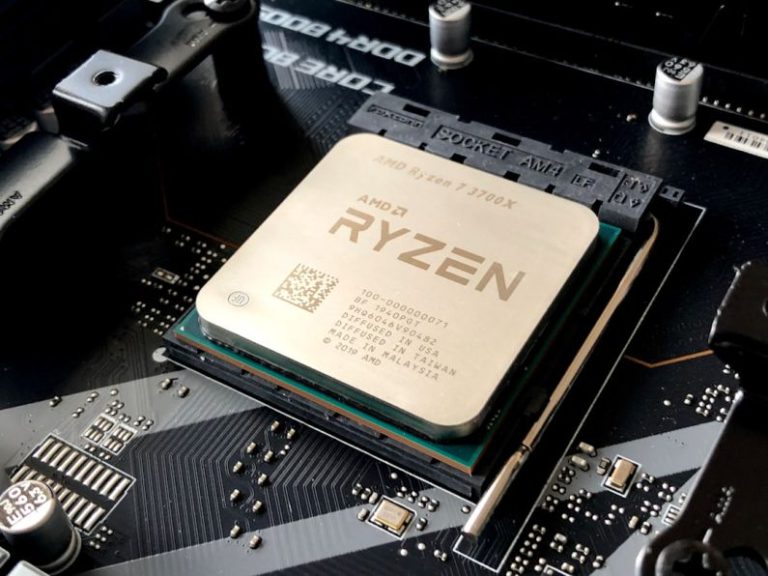Benchmarking Your Pc before and after Overclocking
Overclocking, a term familiar to many tech enthusiasts, refers to pushing the limits of your computer’s hardware to achieve better performance. One crucial step in this process is benchmarking your PC before and after overclocking to accurately measure any improvements in speed and overall efficiency. By comparing these benchmarks, you can determine the effectiveness of your overclocking efforts and make informed decisions about optimizing your system for peak performance.
Understanding Benchmarking
Before delving into the specifics of benchmarking before and after overclocking, it’s essential to understand what benchmarking entails. Benchmarking involves running a set of tests or simulations on your computer to evaluate its performance in various scenarios. These tests measure factors such as processing speed, graphics rendering capabilities, and overall system stability.
Benchmarking serves as a baseline for assessing your PC’s performance and identifying areas for improvement. By conducting benchmark tests, you can quantify the impact of any modifications or upgrades you make to your system, such as overclocking your CPU or GPU.
The Importance of Benchmarking Before Overclocking
Benchmarking your PC before overclocking is crucial for several reasons. Firstly, it provides a point of reference to compare against after overclocking. By establishing a baseline performance level, you can accurately measure any changes resulting from overclocking and determine the effectiveness of your adjustments.
Additionally, benchmarking before overclocking helps identify any existing bottlenecks or limitations in your system. Understanding your PC’s current performance capabilities can guide your overclocking efforts and highlight areas where improvements are most needed.
Choosing the Right Benchmarking Tools
When benchmarking your PC, selecting the appropriate tools is essential to obtain accurate and reliable results. There are various benchmarking software programs available, each tailored to specific components such as CPU, GPU, or overall system performance.
Popular benchmarking tools include 3DMark for graphics performance, Cinebench for CPU rendering capabilities, and CrystalDiskMark for storage speed evaluation. It’s advisable to use multiple benchmarking tools to assess different aspects of your system and gain a comprehensive understanding of its performance.
Benchmarking Your PC Before Overclocking
Before embarking on the overclocking process, it’s essential to conduct thorough benchmarking tests to establish a baseline performance level. Run benchmarking software to measure your CPU, GPU, RAM, and storage speeds under normal operating conditions.
Record the benchmark results for each component and take note of any areas where performance may be lacking. These benchmarks will serve as a point of comparison for evaluating the impact of overclocking on your system’s performance.
Overclocking Your PC
Overclocking involves adjusting the clock speed and voltage of your CPU, GPU, or RAM to operate at higher frequencies than their default settings. This process can enhance your system’s performance but also carries risks such as increased heat generation and potential hardware damage if not done correctly.
When overclocking, it’s crucial to make incremental adjustments and monitor your system’s temperature and stability throughout the process. Overclocking software such as MSI Afterburner or Intel Extreme Tuning Utility can help you fine-tune your settings and achieve optimal performance gains.
Benchmarking Your PC After Overclocking
Once you have completed the overclocking process, it’s time to benchmark your PC again to assess the impact of your adjustments. Run the same benchmarking tests as before, comparing the results to your baseline measurements.
Pay close attention to any improvements in processing speed, graphics rendering capabilities, and overall system stability. Analyze the benchmark data to determine the effectiveness of your overclocking efforts and identify any areas where further optimization may be needed.
Evaluating the Results
After benchmarking your PC before and after overclocking, carefully evaluate the results to gauge the effectiveness of your modifications. Compare the benchmark data to identify any performance gains or areas where improvements are still required.
If the benchmarks show significant improvements in speed and overall performance, your overclocking efforts have been successful. However, if the results are minimal or indicate instability, consider adjusting your overclocking settings or seeking expert advice to optimize your system further.
Enhancing Your PC’s Performance
Benchmarking your PC before and after overclocking is a valuable tool for optimizing your system’s performance and achieving maximum efficiency. By carefully monitoring and analyzing benchmark data, you can make informed decisions about overclocking your CPU, GPU, or RAM to enhance your PC’s speed and capabilities.
Remember to approach overclocking with caution and always prioritize system stability and temperature management. With the right tools and techniques, you can unlock your PC’s full potential and enjoy improved performance across a variety of tasks and applications.






